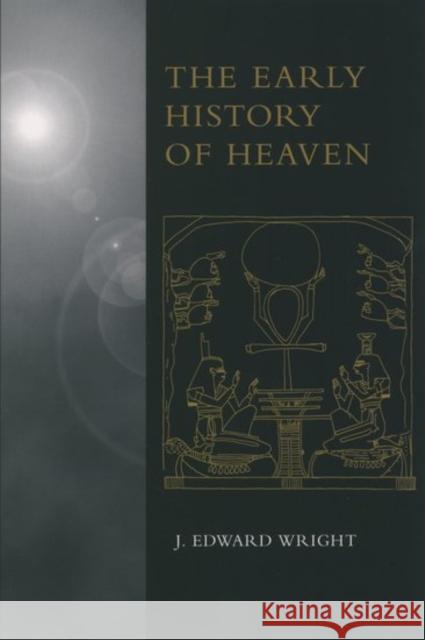The Early History of Heaven » książka
topmenu
The Early History of Heaven
ISBN-13: 9780195130096 / Angielski / Twarda / 2000 / 336 str.
The Early History of Heaven
ISBN-13: 9780195130096 / Angielski / Twarda / 2000 / 336 str.
cena 747,18
(netto: 711,60 VAT: 5%)
Najniższa cena z 30 dni: 698,28
(netto: 711,60 VAT: 5%)
Najniższa cena z 30 dni: 698,28
Termin realizacji zamówienia:
ok. 30 dni roboczych.
ok. 30 dni roboczych.
Darmowa dostawa!
When we think of "heaven," we generally conjure up positive, blissful images. Heaven is, after all, where God is and where good people go after death to receive their reward. But how and why did Western cultures come to imagine the heavenly realm in such terms? Why is heaven usually thought to be "up there," far beyond the visible sky? And what is the source of the idea that the post mortem abode of the righteous is in this heavenly realm with God?
Seeking to discover the roots of these familiar notions, this volume traces the backgrounds, origin, and development of early Jewish and Christian speculation about the heavenly realm -- where it is, what it looks like, and who its inhabitants are. Wright begins his study with an examination of the beliefs of ancient Israel's neighbors Egypt and Mesopotamia, reconstructing the intellectual context in which the earliest biblical images of heaven arose. A detailed analysis of the Hebrew biblical texts themselves then reveals that the Israelites were deeply influenced by images drawn from the surrounding cultures. Wright goes on to examine Persian and Greco-Roman beliefs, thus setting the stage for his consideration of early Jewish and Christian images, which he shows to have been formed in the struggle to integrate traditional biblical imagery with the newer Hellenistic ideas about the cosmos. In a final chapter Wright offers a brief survey of how later Jewish, Christian, and Islamic traditions envisioned the heavenly realms. Accessible to a wide range of readers, this provocative book will interest anyone who is curious about the origins of this extraordinarily pervasive and influential idea.










